Flat vs Conical Burrs
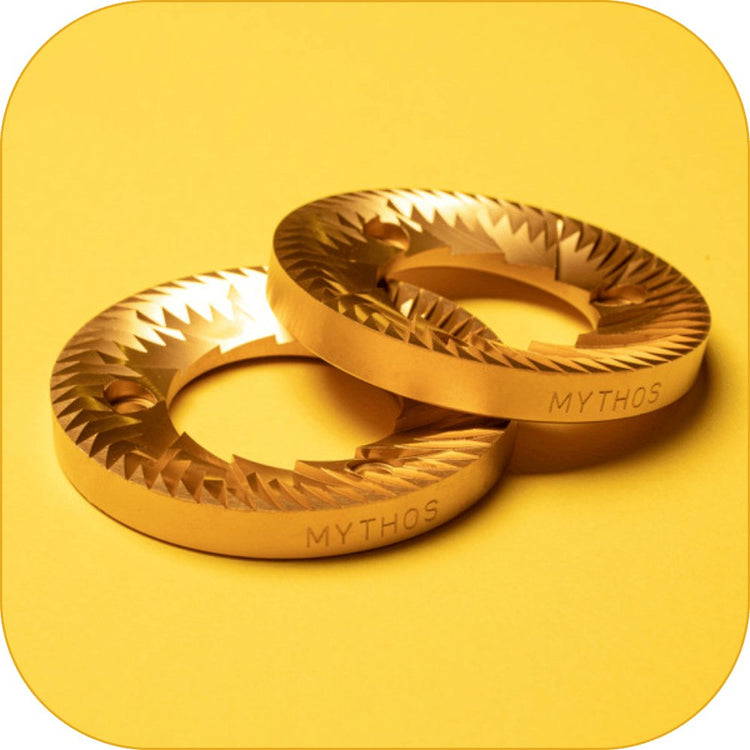
Espresso brewing is a complex process that requires precise and consistent grind size. The right grind size can make the difference between a bland and bitter cup of coffee and a rich and delicious one. One of the most critical components in achieving the right grind size is the burr grinder. Two common types of burrs are flat and conical. In this article, we’ll explore the differences between flat and conical burrs and their impact on coffee brewing.
Flat Burrs
Flat burrs are precisely what they sound like – two flat plates that rotate against each other to grind coffee beans. The gap between the two plates determines the grind size. Flat burrs are known for their consistency and uniform grind size. They are typically used in commercial-grade coffee grinders because of their durability and ability to produce a high volume of coffee.
Pros for Flat Burrs
- Consistency: Flat burrs are known for producing a consistent grind size, resulting in a balanced and uniform extraction.
- Durability: Flat burrs are typically used in commercial-grade coffee grinders, making them more durable and able to produce a high volume of coffee.
- Speed: Flat burrs are generally faster at grinding coffee beans, making them ideal for high-volume coffee brewing.
Cons for Flat Burrs
- Heat Generation: Flat burrs can generate heat during the grinding process, which can affect the taste and quality of the coffee.
- Noise: Flat burrs are generally noisier than conical burrs, which can be a problem for those who are sensitive to noise.
- Cost: Flat burrs are typically more expensive than conical burrs, making them less accessible to some coffee drinkers.
Conical Burrs
Conical burrs, on the other hand, are cone-shaped burrs that come together at a point. The gap between the burrs determines the grind size. Conical burrs are considered to be gentler on the coffee beans and are known for producing less heat, which can affect the taste of the coffee. They are typically used in home coffee grinders because of their affordability and ease of use.
Pros for Conical Burrs
- Flavor: Conical burrs are gentler on the coffee beans, which can result in a sweeter and more flavorful cup of coffee.
- Heat Reduction: Conical burrs are known to produce less heat than flat burrs, which can help preserve the taste and quality of the coffee.
- Affordability: Conical burrs are typically more affordable than flat burrs, making them a more accessible option for some coffee drinkers.
Cons for Conical Burrs
- Consistency: Conical burrs are not as consistent as flat burrs in terms of grind size, which can result in an inconsistent extraction.
- Capacity: Conical burrs are typically used in home coffee grinders, making them less capable of producing a high volume of coffee.
- Maintenance: Conical burrs may require more maintenance and cleaning than flat burrs, which can be a problem for some coffee drinkers.
Impact on Coffee Brewing
The type of burr you choose for your coffee grinder can have a significant impact on the taste and quality of your coffee. Flat burrs are known to produce a more consistent grind size, resulting in a more balanced and uniform extraction. Conical burrs, on the other hand, are gentler on the coffee beans, which can result in a sweeter and more flavorful cup of coffee.
Conclusion
In conclusion, both flat and conical burrs have their advantages and disadvantages, and the choice between the two will ultimately come down to personal preference and the type of coffee you’re brewing. If you’re looking for a consistent and balanced cup of coffee, flat burrs are the way to go. If you’re looking for a sweeter and more flavorful cup of coffee, conical burrs might be the right choice for you. Regardless of the type of burr you choose, it’s important to invest in a high-quality coffee grinder that will produce consistent grind size and bring out the best in your coffee beans.
At Comiso Coffee, we understand the importance of using the right coffee grinder, and we’re committed to helping our customers achieve the perfect cup of coffee. Whether you prefer flat or conical burrs, we’ve got you covered with a wide range of high-quality coffee grinders to choose from.




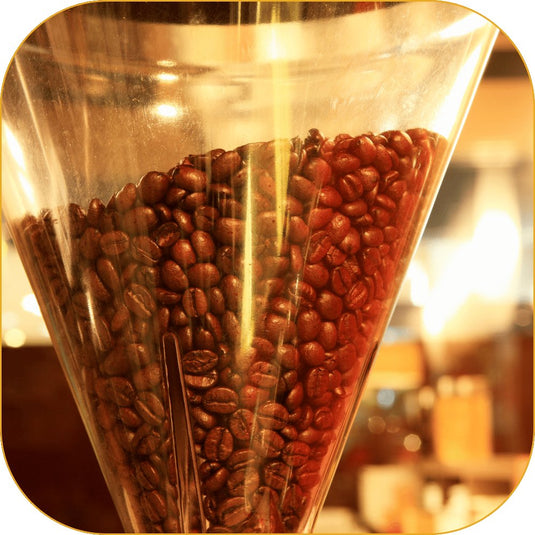




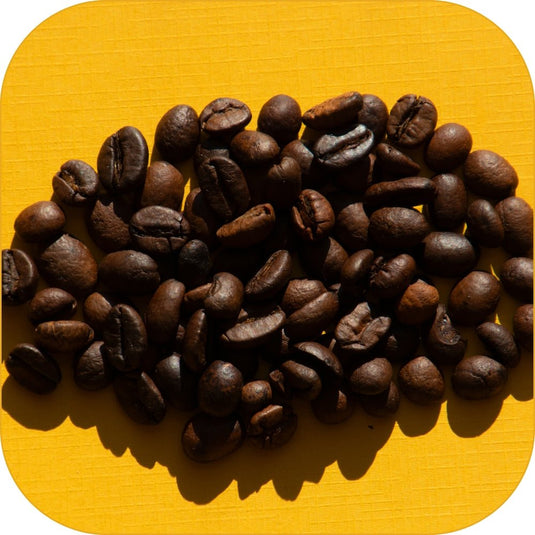
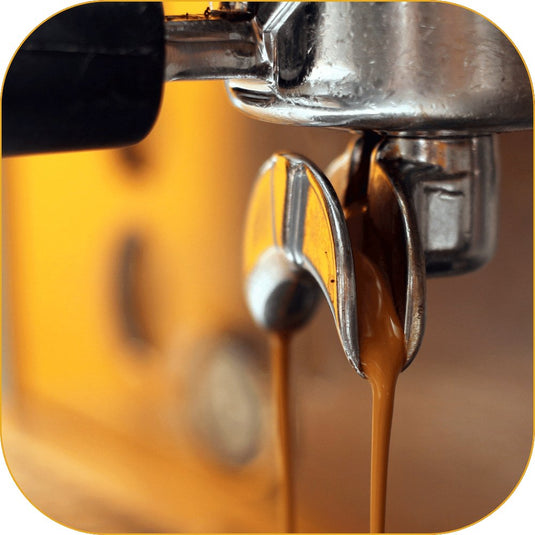
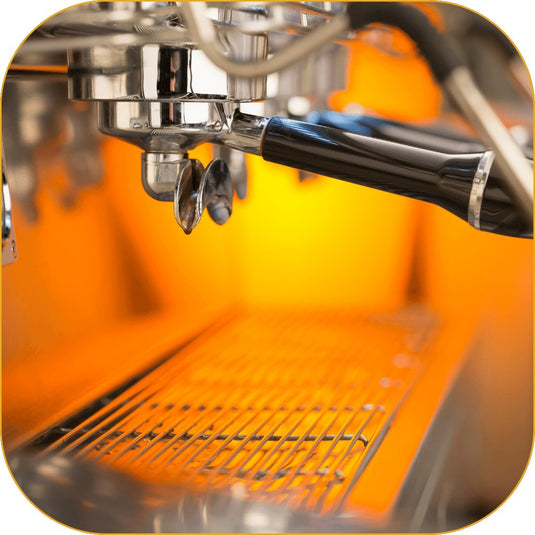
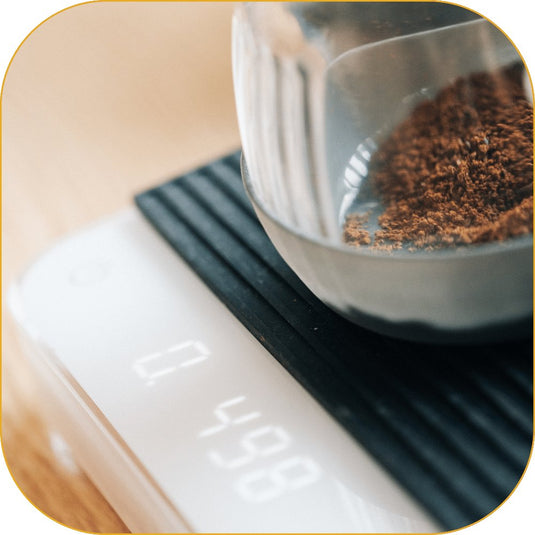






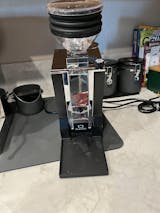
Southern skeptical. I totally agree. Just got a nice flat burr grinder last week and the coffee tastes exactly as you describe. The coffee from the conical burr grinder is much more delicious to me. I think I’ll have to go back to it!
I know this is all subjective and controversial, and that no two people taste things exactly alike, but I’m stunned at the people who claim there’s no realistic difference in the taste of coffee from one type of burr or the other.
I own the Fellow Ode Gen 2 flat-burr grinder, having “upgraded” from the conical-burr Baratza Encore that so many people appreciate as an “entry-level” burr grinder…and I’ve been disappointed with my morning cup of coffee ever since. I feel kind of stupid feeling that way, because so many “coffee people” talk about how amazing the coffee is when ground by the Ode Gen 2. But to my taste buds, compared to coffee ground with the Encore, coffee ground with the Ode tastes bitter, bland, and flat, with little body and zero richness, and always tending toward either bitter if I grind toward the fine side, or sour—and yet somehow STILL bitter—if I grind coarser; I can’t find a dialed-in sweet spot.
Apparently some people appreciate this blandness and call it “clarity.” I call it “lack of flavor.” I’ve been so regretful that I gave away my Encore to a relative.
Thus frustrated, I found a good holiday deal on a Fellow Opus, which is Fellow’s conical-burr grinder. And lo and behold, I re-discovered the body and the sweetness in my morning cup that I’ve missed when using the Fellow Ode. I’ve done cup-to-cup comparisons using the same brew methods with these two grinders, and I find this to be consistently true regardless of my brew method. I’ve concluded that while what I’m about to say may not be the case for all coffee lovers, I prefer the taste of coffee ground with a conical-burr grinder. Based on this admittedly limited piece of anecdotal evidence.
If only the Opus didn’t do such a HORRIBLE job re: grounds retention! Holy smoke, does it ever retain grounds! On the plus side, it’s as quiet as the Ode Gen 2 is, which is really quite quiet. The pitch level of the sound coming from the Opus is much higher on the Ode, but neither grinder sends my wife screaming out of the kitchen; with the Baratza Encore, the noise level was so annoying that I had to barricade myself between her and the grinder to keep her from chucking it in the trash! Kidding, of course, but you get the picture.
Anyway, this is months later than your post, but I thought I’d share my subjective experience and opinions.
Which burr type produces the least bitter ćup ?